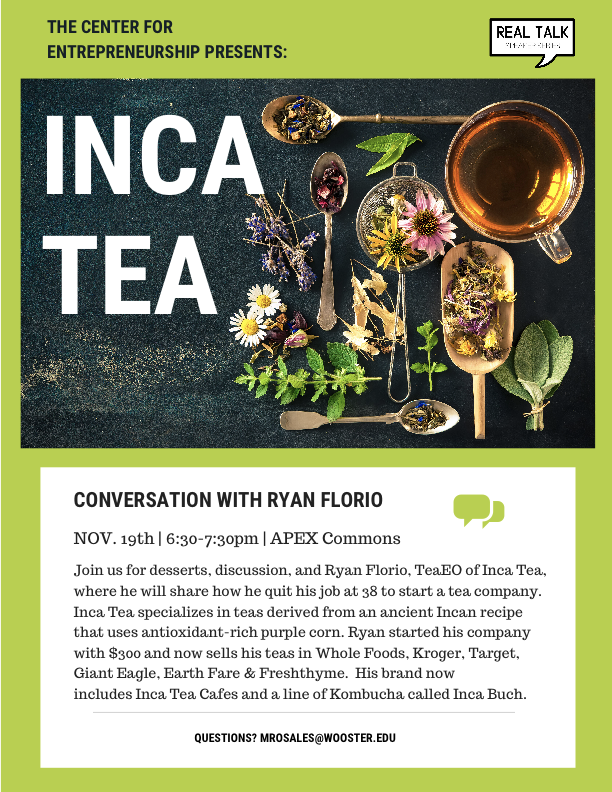Summary:
The main topic for class discussion on 11/11 was the Bourbon Reforms. There were four central questions that drove class discussion. How does King Philip V attempt to rationalize colonial government according to Enlightenment ideals? What effects does this have on stability of colonial rule? How do race, class, and gender shape lived experiences during late colonial era? How can historians use biography to better understand the past? First, we talked briefly about King Philip V’s lineage and how he became the King of Spain. He removed himself from the line of succession in France and was the start of the Bourbon Reforms in Spain. The Bourbon Reforms were composed of four central topics: administrative, church, economic, and social. Philip V had some concerns regarding these ideas, however. The first one was anything that took away crown revenue, such as pirates. He also believed the church had too much power. He tried to limit what the church could do; therefore, they would be under colonial authority. Along with these concerns, there were a few goals Philip V wanted to achieve. He wanted direct collection of taxes, increased trade, regulation of wages and prices, abolition of the sale of office, and greater restrictions for social mobility. Next, we had a book report by Rachel on Mark W. Lentz’s Murder in Merida. This book discusses race, class, and politics of the Bourbon Era through the story of the murder of Lucas De Gálvez. One of the main points in the book was the belief that geography has something to do with racial makeup.
After this, we looked at the cases of Pedro de Ayarza and Juan Barbarín. Pedro de Ayarza’s story looks at the Gracias al Sacar petitions and what it reveals about colonial hierarchies of race and class. Honor or “Quality” was important in society, and this honor came with public reputation. Honor was based off phenotype, title, money, education, legitimacy, and legal status—either freeborn, enslaved, or freed. Pedro de Ayarza tried to gain white status for himself and his three sons. He claimed they were worthy of this status due to their accomplishments. Unfortunately, only his one son, Josef Ponciano was able to gain white status, while Pedro and his other sins were not. This story shows how race and class were limiting factors under colonial rule. Juan Barbarín’s story focuses on the fear of revolution in the New World. People, goods, and ideas were all circulating throughout the Atlantic World. Ideas of revolution were sparked by American, French, and Haitian Revolutions. Due to the lack of basic protection by the Spanish, revolution was a feared idea in other Spanish territories.
Transcription:
“The first question that naturally arises is: why would a pardo from Panama ever believe that he could successfully plead with a Spanish monarch to make him white? Pedro had several excellent reasons to forward such a request. First, a historic Hispanic mentality had always validated the monarch’s power to alter an individual’s rank or heritage. Second, at the same time that Pedro petitioned, the crown issued a 1795 arancel, or price list of favors that might be purchased through a process known as gracias al sacar. One provision made it possible for pardos to buy whiteness, while another set a price for the purchase of the honorific title of “don.” Third, there were precedents of others who have been whitened”
This excerpt shows ways as to how pardos would be able to purchase their whiteness. It also gives an insight on the Spanish greed and how they would capitalize on the opportunity for nonwhites to buy whiteness or a title. Under Spanish rule, a title or the whiteness of a person was important in social structure.
Key Terms:
Honor – “Quality”; based off appearance, title, money, education, legitimacy, and legal status
Gracias al Sacar – process through which people could buy “whiteness”
Pardo – dark skinned man in Spanish New World
Links:
https://notevenpast.org/purchasing-whiteness-race-and-status-in-colonial-latin-america/ – gives more insight about gracias al sacar
https://www.britannica.com/event/War-of-the-Spanish-Succession – gives more insight about the War of the Spanish Succession
http://colonialbuenosaires.blogs.wm.edu/government-and-administration/ – gives more insight on Bourbon Reforms
Potential Exam Questions
What was the gracias al sacar process and what did it show about race and class during the bourbon reforms?
What were some of the main goals King Philip V wanted to accomplish during the bourbon reforms?
What are some reasons for the talk of possible rebellion under colonial rule?

 The Center for Entrepreneurship invites you to join us on Tuesday, November 19th from 6:30PM-7:30PM in APEX Commons for desserts, discussion, and Ryan Florio, TeaEO of Inca Tea, where he will share how he quit his job at 38 to start a tea company. Inca Tea specializes in teas derived from an ancient Incan recipe that uses antioxidant-rich purple corn. Ryan started his company with $300 and now sells his teas in Whole Foods, Kroger, Target, Giant Eagle, Earth Fare & Freshthyme. His brand now includes Inca Tea Cafes and a line of Kombucha called Inca Buch. The event is open to everyone so please share with others.
The Center for Entrepreneurship invites you to join us on Tuesday, November 19th from 6:30PM-7:30PM in APEX Commons for desserts, discussion, and Ryan Florio, TeaEO of Inca Tea, where he will share how he quit his job at 38 to start a tea company. Inca Tea specializes in teas derived from an ancient Incan recipe that uses antioxidant-rich purple corn. Ryan started his company with $300 and now sells his teas in Whole Foods, Kroger, Target, Giant Eagle, Earth Fare & Freshthyme. His brand now includes Inca Tea Cafes and a line of Kombucha called Inca Buch. The event is open to everyone so please share with others.